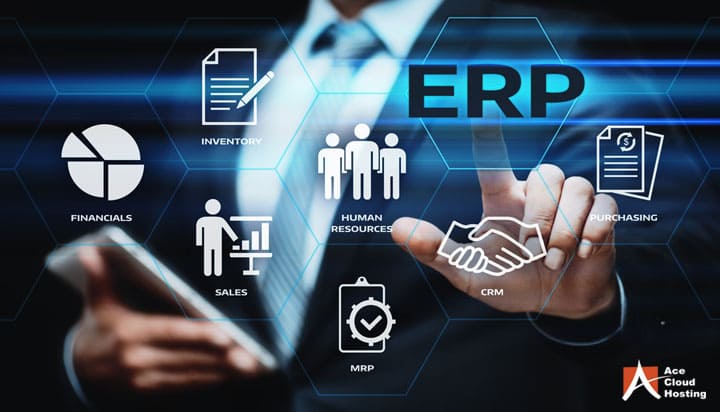Enterprise Resource Planning, or ERP, is a term used in the aviation ERP software industry. Internal company procedures for managing inventories, the supply chain, sales, accounting, and other areas are organized by aviation ERP software. In essence, ERP systems serve as a “system of record” for corporate data.
In aviation, there are a few additional, unrelated “ERP” abbreviations:
- Emergency Action Program
- Eyes as a reference
- Obtaining Route Points
- Power of Radiation Effective
The Following Aviation ERP Software Guide is added by Aerospace ERPs to Facilitate Aircraft Maintenance:
Automated procedures develop maintenance for aircraft
When an airplane comes for maintenance or repair, particular tasks are specified in maintenance work packages. The aerospace ERP automates the process of creating a work package and utilizes AI to determine the most effective work team scheduling. The availability of all necessary tools and supplies is also helped by artificial intelligence.
Once the work package is produced, further orders and task cards can be added as necessary, and the system tracks the repair or service process from the time the work begins until the job’s completion date. The system can send messages to inform the necessary staff of any issues if they arise.
Custom Functionality
Custom functionality to guarantee that no line maintenance inspections are missed. A collaborative aviation ERP effectively manages inspections and defect repair. To make sure that any parts or supplies used are ordered as needed, the ERP can also update the warehouse inventory status. The ERP platform unifies departments that were previously divided.
Support for integrated process monitoring
A constant 3D picture of the machine quality is offered to employees by an aerospace ERP. Because the tool inspection may be completed before carrying out crucial machining processes, costly part rework is avoided, saving time and money.
Process monitoring assists both aviation R&D efforts as well as repairs and maintenance of the air fleet. Before any costly machining, new models and procedures can be tried in computer simulations. The ERP allows access, evaluation, and information sharing with authorized individuals.
End-to-end process visibility is offered
A comprehensive review of all aircraft maintenance and repair aspects is given, along with full traceability and compliance. Accurate projections and budgets are now feasible thanks to a real-time perspective of the entire work cycle and thorough insight into each stage in the process. High customer satisfaction is attained when Depot Total Action Time (TAT) is precise, and the aircraft arrives back in service on schedule.
Conclusion
To increase operational effectiveness, decisions must be made quickly and accurately in the aviation business.
As a result of cutting-edge delivery techniques like Software-as-a-Service (SaaS) and cloud computing, an increasing number of aerospace firms are switching from on-site ERP to cloud-based ERP solutions.
Providers of cloud-based solutions are likewise adapting their product lineups to suit the various client needs. Ramco, for instance, offers large-scale SaaS-based aerospace erp software application models to its clients that integrate their engineering, supply chain, manufacturing, sales, service management, plant maintenance, human resources, and financials.














